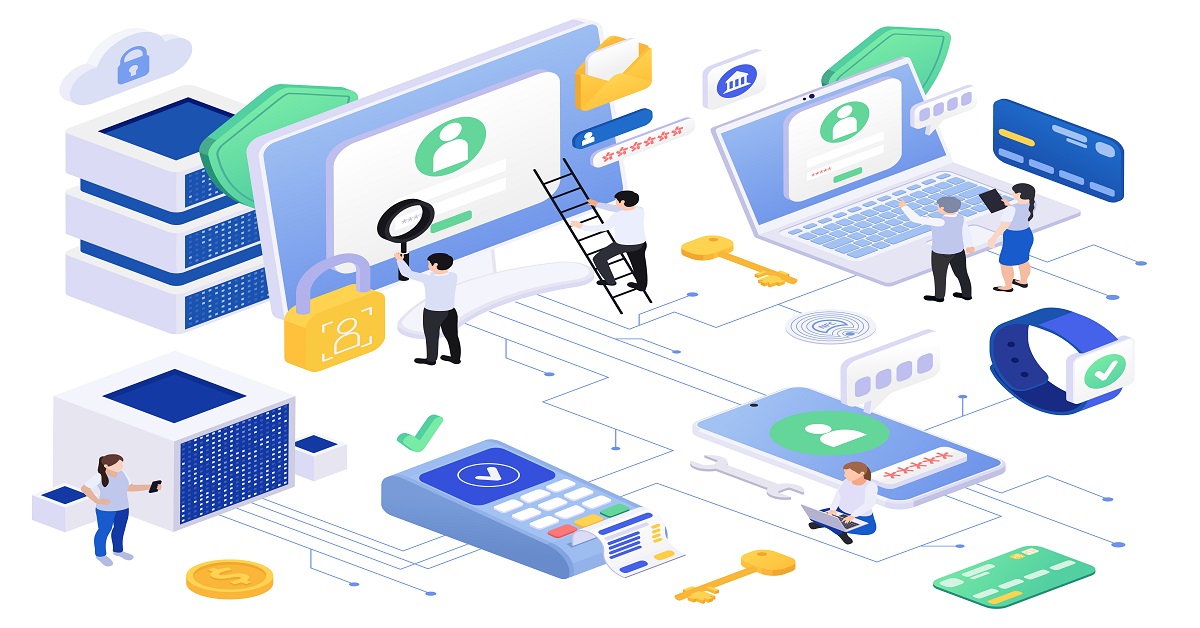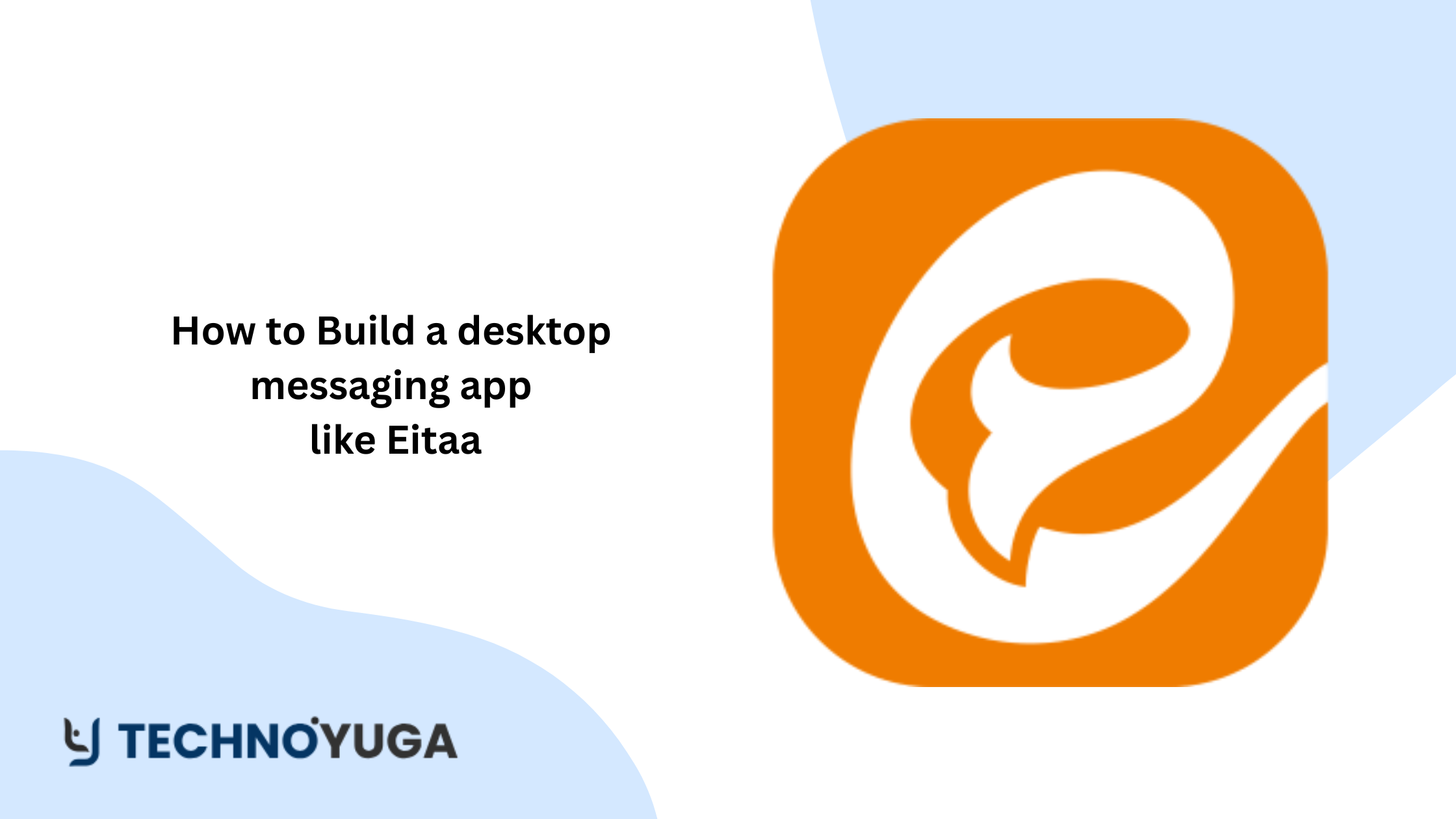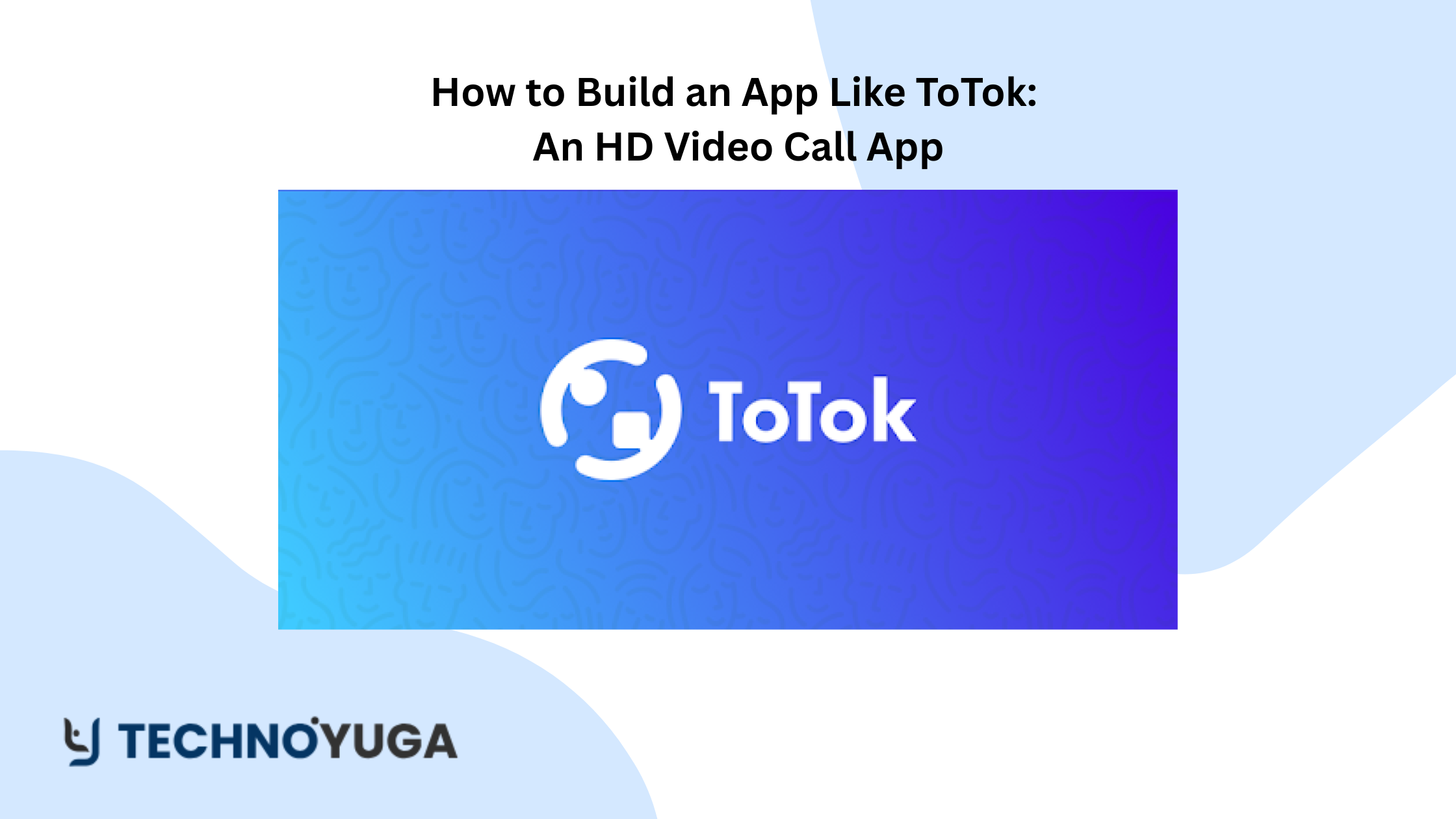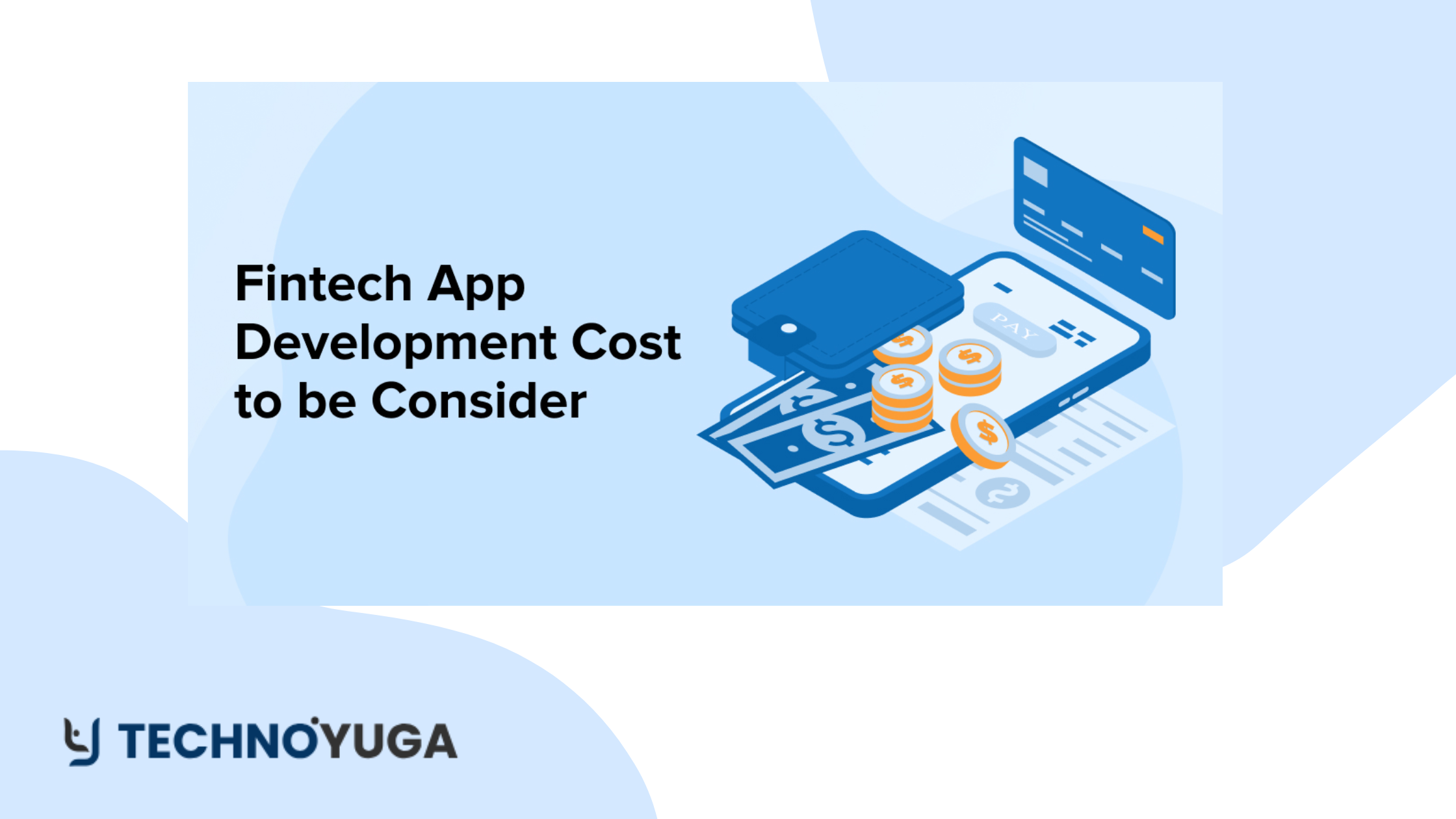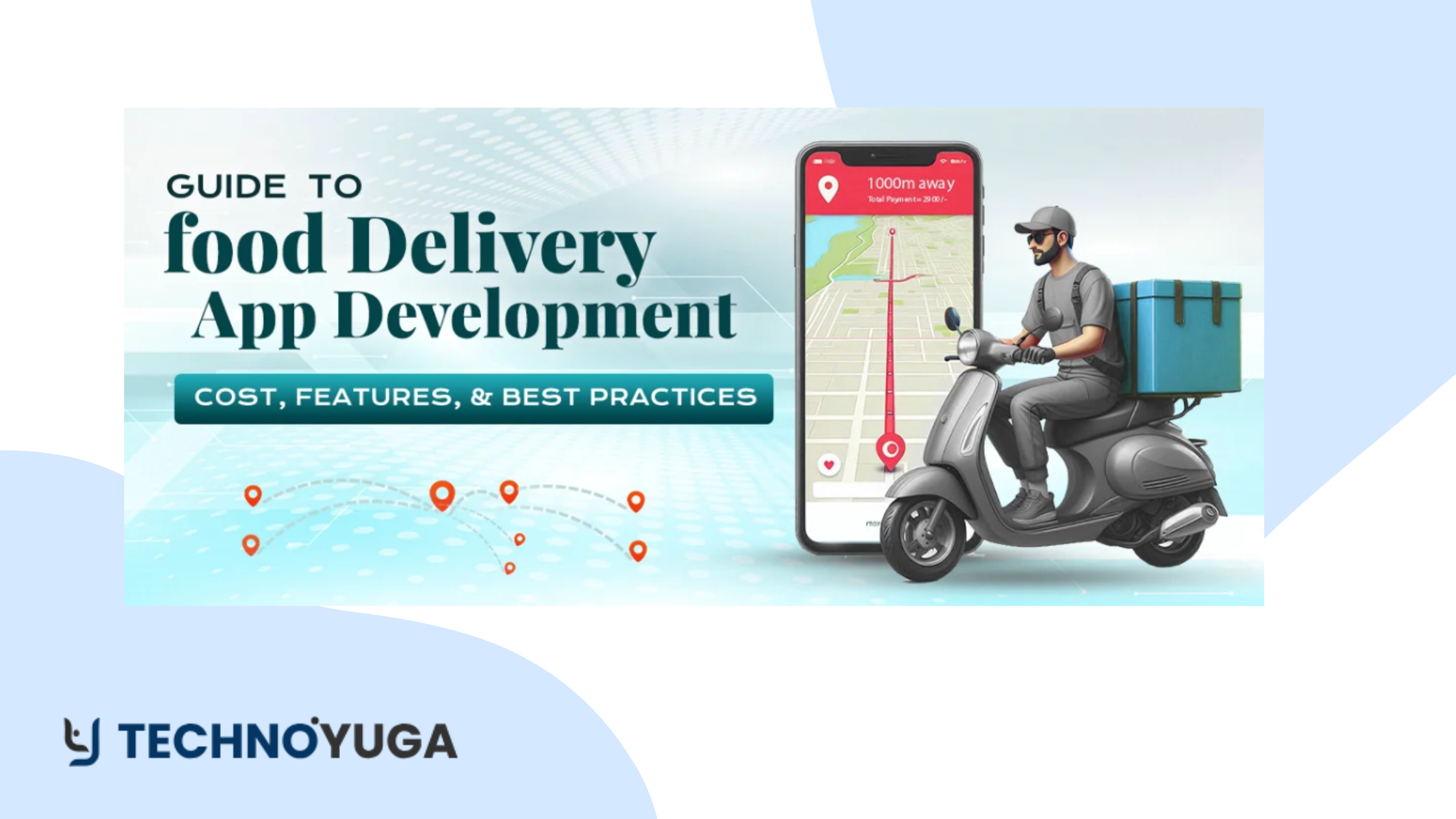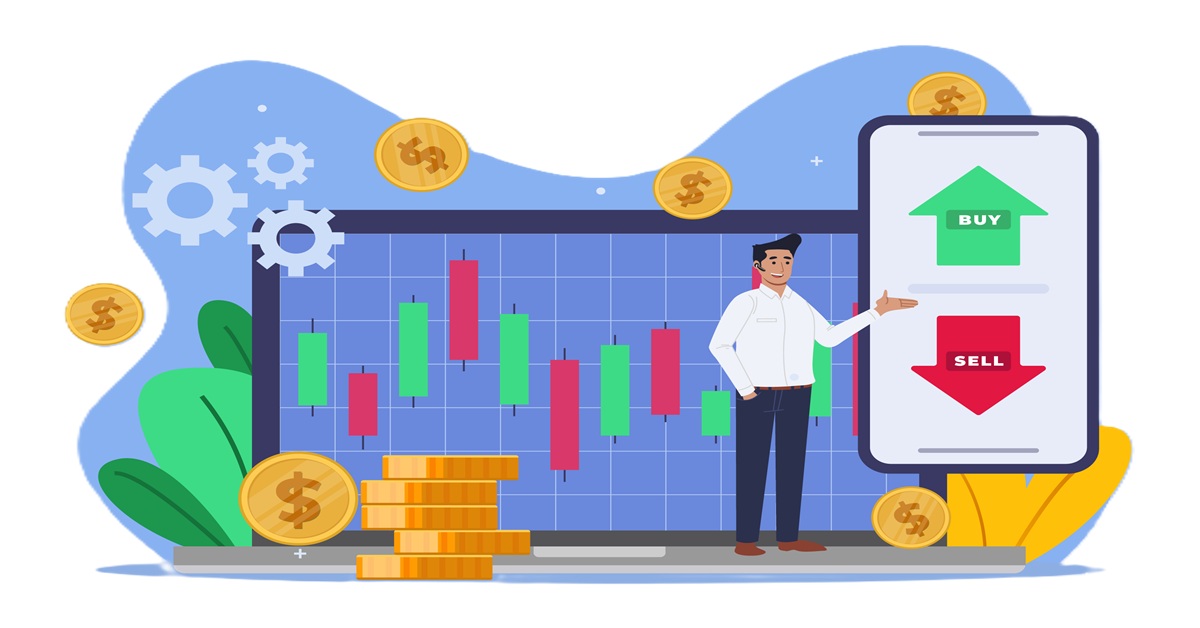In today’s fast-paced digital economy, instant credit solutions have redefined the way consumers manage short-term financial needs. One standout player in this space is LazyPay, a “Buy Now, Pay Later” (BNPL) app that has rapidly gained popularity for offering seamless credit access with just a few taps. If you’re looking to tap into the booming fintech space, LazyPay-like app development could be your gateway to building a powerful revenue-generating digital product.
This blog serves as a complete guide to help you build a BNPL app like LazyPay, explaining everything from the LazyPay business model, core features, and tech stack to user flow and security standards. Whether you’re an entrepreneur, startup founder, or enterprise, understanding the ins and outs of fintech app development like LazyPay is crucial to building a scalable and compliant credit lending solution.
From instant credit app development to UPI-based payment integration, and credit risk analysis in fintech apps, we’ll walk you through the major components and challenges. We’ll also cover essentials like LazyPay-like UI/UX design, digital lending app development, and how to create a personal loan mobile app tailored to your users’ financial behavior.
Planning to create an app like LazyPay? We’ll break down the estimated LazyPay app development cost, recommended tech stack, and how to hire dedicated developers for your project. Whether your focus is Android app development, iPhone app development, or cross-platform solutions, partnering with the right fintech app development company can drastically improve your outcome.
So, if you’re aiming to develop a LazyPay-style payment app, offer a LazyPay alternative app, or build a modern BNPL fintech app, you’re in the right place. Let’s dive into what it takes to build a fintech product that mirrors the success of LazyPay—and maybe even surpasses it.
Understanding LazyPay: Core Features
To successfully create a credit lending app like LazyPay, it’s crucial to understand what makes it stand out in the competitive fintech app development space. LazyPay has carved a niche for itself by offering a frictionless BNPL (Buy Now, Pay Later) app development experience, catering to users who need instant, short-term credit with minimal paperwork and maximum convenience.
Below are the core features you should consider while planning LazyPay clone app development or building a LazyPay alternative app:
1. Instant Credit Approval
The most appealing part of the LazyPay experience is its instant loan feature. Users can access credit lines in seconds through automated eligibility checks and credit risk analysis in fintech apps. If you’re aiming to develop a LazyPay-style payment app, implementing real-time AI-based credit scoring models is essential.
2. One-Click Checkout with BNPL Option
LazyPay allows users to make purchases now and pay later using a smooth one-click checkout process. This core feature should be central to any Buy Now Pay Later app development strategy, especially for e-commerce integration.
3. Bill Payments & Recharges
To become a full-fledged fintech mobile app, your platform should support utility bill payments, mobile recharges, and merchant transactions. Integrating UPI-based payment systems ensures a seamless user experience, as seen in LazyPay.
4. Flexible Repayment Options
A major benefit of using LazyPay is its user-centric repayment plans. When you create an app like LazyPay, include customizable repayment dates, auto-debit options, and reminders. These features reduce defaults and improve retention.
5. Credit Limit Management
Users can view and manage their available credit limit in real-time. This is a must-have for digital lending app development, enabling transparency and user control over spending.
6. Transaction History & Tracking
A detailed overview of previous transactions and pending dues allows users to manage their credit usage responsibly. This component should be part of your LazyPay-like UI/UX design strategy.
7. Strong Security & Fraud Detection
In any fintech app with instant loan features, security is non-negotiable. Features like OTP verification, biometric login, and AI-based fraud detection algorithms ensure user trust and regulatory compliance.
8. Personalized Offers and Rewards
To boost engagement, consider loyalty programs, referral bonuses, and personalized credit offers — a strategy used by LazyPay that can enhance your fintech app development like LazyPay.
Market Research & Feasibility Analysis
Before you begin your LazyPay-like app development journey, conducting thorough market research and feasibility analysis is essential to assess the potential for success. This stage ensures that your concept for a BNPL fintech app development project is aligned with user needs, regulatory frameworks, and technological viability. Let’s explore the key areas you should cover:
1. Analyze the Growing Demand for BNPL & Digital Lending
The Indian fintech market is booming, with Buy Now Pay Later app development gaining significant traction due to rising e-commerce usage and increasing digital financial literacy. Apps like LazyPay, ZestMoney, and Simpl have witnessed massive adoption, showing clear demand for instant credit app development. Understanding user behavior, loan patterns, and repayment challenges will help you create an app like LazyPay that fits market expectations and solves real pain points.
2. Identify Target Audience & Segments
A strong fintech app development strategy starts with defining your audience. LazyPay primarily targets:
- Millennials and Gen Z
- First-time credit users
- Gig economy workers
- Online shoppers
Identifying your niche audience helps tailor the features, UI, and flow of your credit lending app like LazyPay. It also shapes your acquisition and retention strategy—essential to reduce churn and grow users sustainably.
3. Competitive Landscape Evaluation
Conduct a deep dive into competitors like LazyPay, Amazon Pay Later, and Paytm Postpaid. Compare:
- Feature sets and USPs
- App performance and user feedback
- Monetization models and interest rates
- LazyPay tech stack and architecture
Understanding competitors’ strengths and gaps helps you innovate while building your LazyPay clone app development plan. This also positions your app as a valuable LazyPay alternative app development solution.
4. Regulatory Feasibility and Compliance Requirements
Every fintech app with instant loan features must comply with financial regulations. In India, this includes:
- RBI guidelines for digital lending
- KYC (Know Your Customer) and AML (Anti-Money Laundering) standards
- Data privacy laws like India’s DPDP Bill
If you’re not a registered NBFC, you must partner with one for disbursing loans. Ensure your digital lending app development project includes legally compliant flows for onboarding, credit disbursal, and collections.
5. Financial & Operational Viability
Estimating the LazyPay app development cost is crucial at this stage. Factor in:
- Mobile app development cost (iOS and Android)
- Backend infrastructure for credit management
- UPI integration and third-party APIs
- Ongoing support and scaling costs
Model your revenue based on interest earnings, merchant commissions, and penalties. If you’re bootstrapping or seeking investors, present a realistic ROI and break-even timeline.
6. Technical Feasibility & Scalability
Finally, test the practicality of your app idea from a tech standpoint. Evaluate:
- Fintech mobile app architecture options
- Load balancing, latency, and real-time data syncing
- Security and credit risk analysis in fintech apps
- Integrating UPI-based payment systems for seamless checkout
Collaborate with a trusted fintech app development company or hire dedicated developers to validate your architecture and MVP roadmap.
Key Components of a Fintech App Like LazyPay
To successfully create a credit lending app like LazyPay, your platform must be built with the right set of features, architecture, and security layers. These components serve as the building blocks of your LazyPay-like app development process and define how your product performs, scales, and complies with industry standards.
1. User Registration & Onboarding
Smooth onboarding is essential in fintech app development like LazyPay. Use mobile OTP verification, email logins, and optional social logins. Incorporate video or eKYC verification flows to comply with RBI mandates. Keep it frictionless with a mobile-first approach, reducing drop-offs while ensuring authenticity. This is crucial for any instant credit app development project.
2. Credit Risk Analysis Engine
At the heart of BNPL fintech app development is the risk engine. Leverage AI/ML algorithms to assess user creditworthiness based on mobile data, transaction history, and alternate credit scoring models. Integrating this engine into your LazyPay-style payment app will allow instant loan approvals and dynamic credit limits.
3. Credit Limit Dashboard
Give users a real-time view of their available credit, total dues, due dates, and repayment options. A clean dashboard with graphs and summaries improves financial literacy and trust. This is a must-have in any LazyPay-like UI/UX design, ensuring users stay informed and in control.
4. BNPL Checkout System
To build a BNPL app like LazyPay, you’ll need seamless one-click checkout features that allow users to buy now and pay later during online or offline purchases. Integration with major e-commerce platforms and POS systems enhances user utility and broadens market reach.
5. UPI-Based Payment Integration
Enable real-time UPI transactions for bill payments, EMI repayments, and direct bank transfers. UPI is a core component in Indian fintech mobile app architecture, offering speed, convenience, and trust. This feature is essential in modern personal loan mobile app ecosystems.
6. Transaction History & Analytics
Offer detailed logs of all past transactions, loan disbursements, and repayments. Allow filtering by date, merchant, or category. These insights enhance transparency and help build user credibility—key for long-term retention in digital lending app development.
7. Repayment Management System
Create automated repayment reminders via push notifications, SMS, and email. Add features like auto-debit, partial payments, or flexible rescheduling. Efficient repayment flows are the foundation of successful LazyPay clone app development and help reduce defaults.
8. Reward & Cashback Engine
Loyalty features like referral bonuses, cashback offers, and early repayment rewards are critical to engaging and retaining users. These features set your LazyPay alternative app development apart and can be monetized through merchant partnerships.
9. Admin & Compliance Dashboard
Every fintech app with instant loan features must have a robust admin panel. Admins should be able to manage user data, loans, payments, and fraud detection reports. The backend must support audit logs, regulatory reporting, and real-time monitoring of risk levels.
10. Security & Data Protection Layer
Integrate end-to-end encryption, tokenization, SSL, biometric login, and fraud detection systems. Compliance with data privacy laws and RBI guidelines is non-negotiable in fintech app development. A secure platform builds user trust and legal credibility.
Select Technology Stack for a Fintech App Like LazyPay
Choosing the right technology stack is one of the most critical steps in LazyPay-like app development. It impacts everything from performance and scalability to security and future upgrades. A well-planned tech stack ensures smooth operations of your BNPL fintech app development project and helps manage your mobile app development cost efficiently.
Frontend Development (User Interface)
The frontend is where your users interact with your app. For a sleek, responsive, and engaging LazyPay-like UI/UX design, choose modern frameworks such as:
- React Native (for cross-platform Android and iOS apps)
- Flutter (by Google – ideal for fast and beautiful UI)
- Swift (for native iPhone app development)
- Kotlin/Java (for native Android app development)
Cross-platform frameworks like React Native or Flutter can reduce mobile app development cost and speed up time-to-market.
Backend Development (Server-Side Logic)
The backend powers core business functions like credit risk evaluation, transaction processing, and user management. Common backend technologies include:
- Node.js – Fast, scalable, and great for handling real-time operations.
- Python (Django/Flask) – Perfect for apps requiring heavy analytics like credit risk analysis in fintech apps.
- Java/Spring Boot – Preferred in enterprise-grade fintech app development for its security and robustness.
Cloud-based architecture is key to supporting scalable instant credit app development and handling high traffic loads.
Database Management
Reliable data handling is crucial for any digital lending app development. Choose secure and scalable databases such as:
- PostgreSQL – Great for relational data and financial transactions.
- MongoDB – Flexible NoSQL option for handling unstructured or large user data sets.
- Redis – For fast data caching and enhancing real-time performance.
Databases must support encryption-at-rest to meet fintech-grade security standards.
APIs & Third-Party Integrations
Your fintech app with instant loan features will need robust APIs for features like:
- KYC/AML Verification – Digilocker, Signzy, or HyperVerge
- Credit Scoring – CRIF, Experian, CIBIL APIs
- UPI-based payment integration – Razorpay, Cashfree, or PhonePe APIs
- SMS & Notifications – Twilio, Firebase Cloud Messaging
These integrations are essential in creating a credit lending app like LazyPay and ensuring smooth user and admin experiences.
Cloud Infrastructure
To ensure scalability, flexibility, and uptime, host your LazyPay clone app development on trusted cloud providers:
- AWS – Offers fintech-grade compliance, security, and deployment tools
- Google Cloud (GCP) – Great for AI/ML-based features like credit scoring and user analytics
- Microsoft Azure – Excellent for regulatory needs and enterprise apps
Cloud architecture supports real-time data processing, fraud detection, and secure fintech mobile app architecture.
Security Stack
Security is the backbone of any LazyPay-style payment app. Protect your app and user data with:
- SSL/TLS – For secure HTTP connections
- AES-256 Encryption – For encrypting user data and transactions
- OAuth 2.0 & JWT – For user authentication and secure API access
- Biometric Authentication – Integrated through device SDKs (Fingerprint/FaceID)
These tools ensure your app is compliant with data protection laws and can stand out as a trusted LazyPay alternative app development platform.
Admin Panel & Analytics
Use dashboards for real-time business insights and user monitoring:
- React.js / Angular – For creating modern admin panels
- Metabase / Power BI / Google Data Studio – For in-depth user analytics and credit reports
This is essential for founders, ops, and compliance teams managing your fintech app development company or internal tech operations.
Steps to Build a Fintech App Like LazyPay
1. Define Your Business Model and App Objective
Before starting LazyPay-like app development, clearly define your goals. Will your app be a direct LazyPay alternative, or will it offer something unique—like lower interest rates, niche market targeting, or integration with loyalty platforms? Analyze the LazyPay business model explained to understand how they generate revenue via interest, late fees, and merchant commissions. Decide whether you’ll operate as a lender, aggregator, or tech enabler. Establishing a solid financial and functional blueprint is critical for your credit lending app development journey and helps reduce risk in BNPL fintech app development.
2. Conduct Market Research & Competitor Analysis
In any fintech app development like LazyPay, success starts with strong market understanding. Identify target users (millennials, salaried professionals, gig workers), study market trends, and assess pain points in accessing short-term loans. Conduct a competitor audit of top players like LazyPay, Simpl, and ZestMoney. Look for feature gaps, UX improvements, or underserved demographics. This will shape your LazyPay clone app development strategy and help you build a compelling personal loan mobile app. Use this research to validate demand and refine your product-market fit before investing heavily in mobile app development.
3. Finalize Feature List and App Flow
When you create an app like LazyPay, your features should align with user needs and fintech compliance. Prioritize core functions like instant credit approval, UPI-based payment integration, user KYC, EMI calculation, and repayment scheduling. Add advanced modules such as credit risk analysis in fintech apps, notifications, spending limits, and in-app support. Keep the UI intuitive and user-first with a LazyPay-like UI/UX design. Mapping out the entire app flow early helps reduce development errors and ensures smooth digital lending app development, whether you’re targeting Android app development or iOS.
4. Choose the Right Technology Stack
Your choice of technology greatly impacts performance, scalability, and cost. The typical LazyPay tech stack includes a robust backend (Node.js, Python, or Django), secure databases (PostgreSQL or MongoDB), and a cross-platform frontend (Flutter or React Native). Add APIs for UPI, credit scoring, KYC, and payments. Implement AES encryption, biometric security, and cloud services (AWS, GCP) for real-time access. This foundation supports seamless instant credit app development. Work with a trusted fintech app development company to select tech that ensures compliance, data protection, and easy future updates.
5. Partner with NBFCs or Banking Institutions
To legally disburse credit, you must either obtain an NBFC license or partner with one. This is a crucial step in LazyPay-style payment app creation. Partnerships help simplify compliance and enable smoother integration with financial systems. NBFCs can handle the backend credit management, while your app focuses on the frontend experience. Whether you’re planning BNPL fintech app development or a broader personal loan mobile app, this step ensures legal and operational viability. If licensing isn’t an option, work with NBFC APIs or lending-as-a-service providers to maintain scalability and legality.
6. Hire Dedicated Developers or a Fintech App Development Company
Quality development is non-negotiable. Hire experienced teams for fintech app development like LazyPay, especially those with expertise in finance, compliance, and UI/UX. A reliable on demand app development company will guide you through agile sprints, testing, deployment, and maintenance. Alternatively, hire dedicated developers with niche skills in mobile app development, backend security, and UPI-based integrations. Make sure your developers understand lending logic, EMI structures, and credit scoring models. The right team directly impacts your app’s stability, security, and cost-efficiency.
7. Design UI/UX Focused on Simplicity and Trust
A simple and clean interface is key in LazyPay-like UI/UX design. Users want clarity around credit limits, EMIs, due dates, and rewards. Use minimalist layouts, clear CTAs, and friendly microcopy. Prioritize onboarding speed, with auto-KYC and guided credit setup. The design should instill trust, especially during transactions and sensitive data entry. Optimize for speed, accessibility, and responsiveness across devices. Good design reduces churn, builds credibility, and ensures your fintech app with instant loan features resonates with users of all ages and tech-savviness levels.
8. Build, Test & Launch MVP
Start with an MVP (Minimum Viable Product) to validate core features such as credit issuance, UPI payments, user verification, and repayment tracking. Use real user feedback to improve functionality. Testing is critical—perform unit tests, regression tests, security audits, and stress tests. Focus on detecting bugs related to payment failures, interest miscalculations, or credit score mismatches. Launch your MVP on the Play Store and App Store. This approach to mobile app development helps manage LazyPay app development cost and ensures faster go-to-market in digital lending app development.
9. Ensure Compliance & Data Security
Security and compliance are non-negotiable in fintech app development. Implement strong KYC/AML protocols and follow country-specific regulations like RBI guidelines in India. Use end-to-end encryption, SSL, and tokenization to protect sensitive data. Regularly audit your codebase and cloud infrastructure. Build systems for credit monitoring and fraud detection using AI/ML. Keeping data secure builds user trust and helps avoid legal setbacks. Partnering with a reputed fintech app development company ensures your LazyPay clone app development aligns with global and regional data protection standards.
10. Scale, Update, and Innovate
Post-launch, continuously update your credit lending app like LazyPay based on user feedback and industry trends. Add new features like reward programs, EMI calculators, credit score simulators, and AI-driven offers. Use analytics to track user behavior and improve retention. Stay ahead of competition in BNPL fintech app development by innovating around new technologies like voice-based credit applications or blockchain-based lending records. Scale your infrastructure to handle growing traffic and regional expansion. With the right updates, your LazyPay alternative app can evolve into a category leader.
Conclusion
Building a fintech app like LazyPay involves strategic planning, compliance readiness, a user-centric design, and robust backend architecture. Whether you want to create a credit lending app like LazyPay or offer a LazyPay alternative app, success hinges on market research, choosing the right tech stack, ensuring security, and partnering with an experienced fintech app development company. From UPI integration to credit risk analysis, every feature must be optimized to deliver seamless, scalable financial services. If you’re ready to innovate in the BNPL space, now is the time to build a BNPL app like LazyPay that meets evolving user demands and regulatory standards.
FAQs
1. What is the cost of LazyPay app development?
The LazyPay app development cost depends on features, tech stack, and team location. A basic MVP may cost $20,000–$40,000, while a full-featured fintech app could exceed $100,000, including backend systems and compliance features.
2. How can I create an app like LazyPay?
To create an app like LazyPay, start with market research, define your core features, select the right tech stack, partner with a fintech app development company, and ensure regulatory compliance for lending, KYC, and data protection protocols.
3. What tech stack is used in LazyPay-like app development?
A typical LazyPay tech stack includes React Native or Flutter for mobile, Node.js or Python for backend, PostgreSQL for databases, and APIs for KYC, UPI, and credit scoring, ensuring a secure and scalable fintech app architecture.
4. What features must a BNPL fintech app development project include?
A BNPL fintech app development project should include KYC, credit scoring, credit limit dashboard, BNPL checkout, repayment management, UPI integration, and robust security. A LazyPay-like UI/UX design also plays a key role in user retention.
5. Why hire a fintech app development company?
Hiring a fintech app development company ensures your product meets security, compliance, and performance standards. Experts help reduce mobile app development cost, choose the right stack, and deliver a reliable credit lending app like LazyPay efficiently
